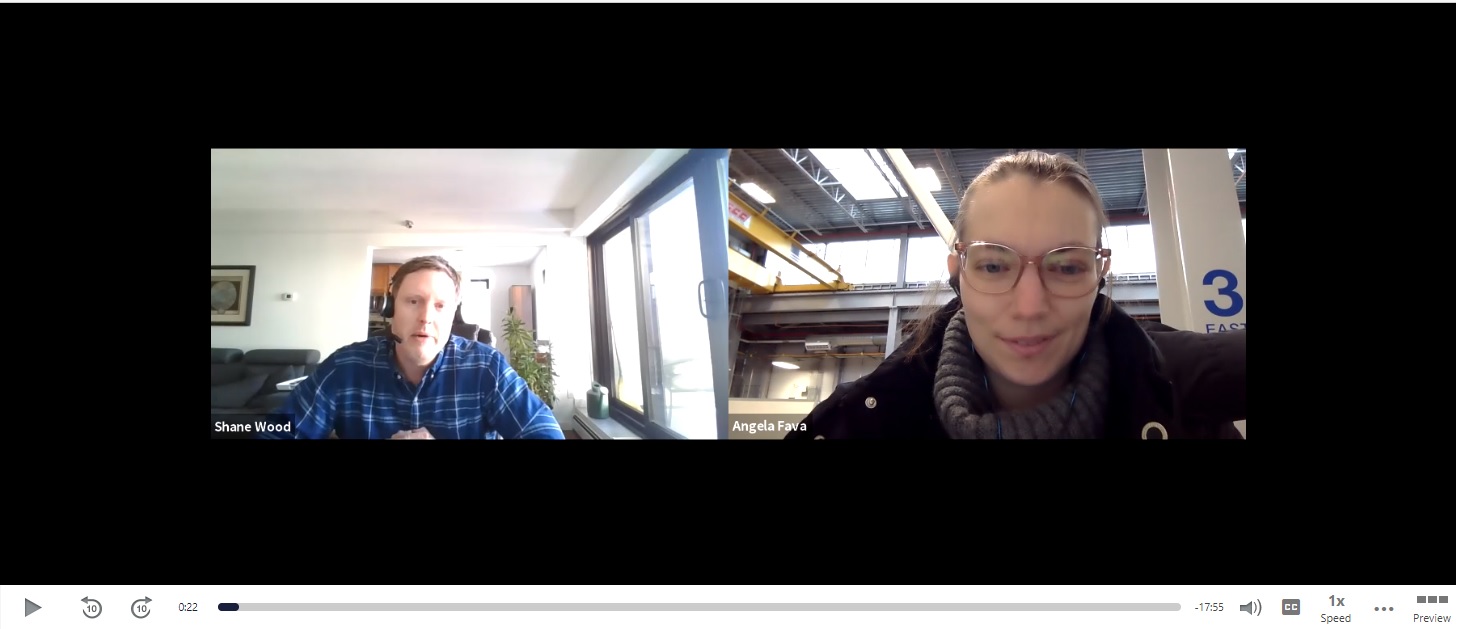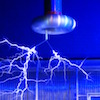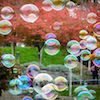Friday Flyer - January 29, 2021
Your friends at 1 Friday Flyer Plaza are planning to try out a new frequency of publication for the flyer, your one trusted source of news aside from the others. Specifically, we're looking at a frequency near 8 x 10-7 Hz; in other words, once every two weeks. Our next flyer will come out on February 12 and will continue on an every-other-Friday basis. There will be no change in subscription pricing. :-)

Spotlight on the ICARUS Detector
ICARUS is a neutrino detector in need of a passport. Originally constructed in Italy, this detector spent its early years in operation at Gran Sasso Laboratory from 2010–2013 where it pioneered new technology in the detection of neutrinos using liquid argon. ICARUS made the trip to CERN in 2014 for upgrades and refurbishment. In 2017, it was shipped to the U.S. where it is now stationed at Fermilab, part of the Short-Baseline Neutrino program. While at Fermilab, ICARUS will contribute to the search for a possible fourth type of neutrino that has yet to be detected: the sterile neutrino. This week, Shane had a chance to chat with physicist Angela Fava to learn more about ICARUS.


News from QuarkNet Central
International Muon Week will take place in March this year, and it is possible for you and your students to participate even if you don't have access to a cosmic ray detector! Staff will collect data during the week of March 8–12, and the following week (March 15–19) participants can use the data to interact, discuss results, and ask questions via Zoom. Here's the 2021 IMW registration form. If you have any questions, please contact Mark.
Fermilab will be hosting a virtual open house from February 10–14, 2021. With the expanded time frame, there will be events specifically geared toward teachers and their students. For more information and to register, please visit the open house event page. If you have any questions, contact Amanda Early, Fermilab education program leader.
QuarkNet Educational Discussions (QED) has resumed with our first meeting this past Wednesday during which teachers shared some of the amazing opportunities they continue to share with their students, even during these challenging times. Join us on February 10 for our next QED when Mark Adams will join us to discuss the use of cosmic ray studies in whatever teaching format you are experiencing.
There is still time to register for International Masterclasses via e-mail to Ken or Uta. QuarkNet masterclass leaders—mentors or lead teachers—can find schedule information at Videoconferences 2021. IMC circulars now come out every Friday, including one from last week and one today.
Beamline for Schools 2021 is on! Get basic information and a registration link in the announcement, and find more resources at the Useful Documents page.

Physics Experiment Roundup
A couple of updates from the LHC as LS2 (the Long Shutdown 2) continues: a major milestone was reached on the accelerator side and on the detector side. How do scientists share their ideas about the future of particle physics? One way they do it—this year, at least—involves writing letters! A team of researchers from CERN and DESY search for high-frequency gravitational waves using data from radio telescopes. Interested in a virtual tour of any U.S. Department of Energy National Lab? If so, we've got the site for you!

Resources
Fermilab has a new video series, Even Bananas! In its first episode, Kirsty Duffy explores the most fundamental particles in the universe. If you have a bit more time, check out Neutrino Music: A Composer's Journey. In this lecture, Fermilab's first guest composer presents on his neutrino-inspired compositions.
The Perimeter Institute is hosting a webinar that is open to you and your students on February 11. This Q&A-style webinar will feature a particle physicist, an aerospace engineer, an oceanography student, and a molecular biologist. This event is associated with the UN International Day of Wօmen and Gіrls in Science. More details, including how to register, is on this page.
"If a shrunk-down hand were to squeeze the coronavirus, would it squish, or would it shatter?" This NY Times article explores some of the physics of viruses. Also from NY Times, an article on the life of inventor, physicist, engineer and space scientist George Carruthers, who recently passed away (H/T Marge Bardeen).

Just for Fun
Rules for a 1/1000th scale world from xkcd, how Sheldon Cooper would know he's a giant in a scaled-up world, and back to xkcd for height and depth. And finally, we'll close the loop with a bit more fun in a Tweet from DNA&RNA Universe (H/T Marge Bardeen).
QuarkNet Staff:
Mark Adams: adams@fnal.gov
Ken Cecire: kcecire@nd.edu
Spencer Pasero: spasero@fnal.gov
Shane Wood: swood5@nd.edu
